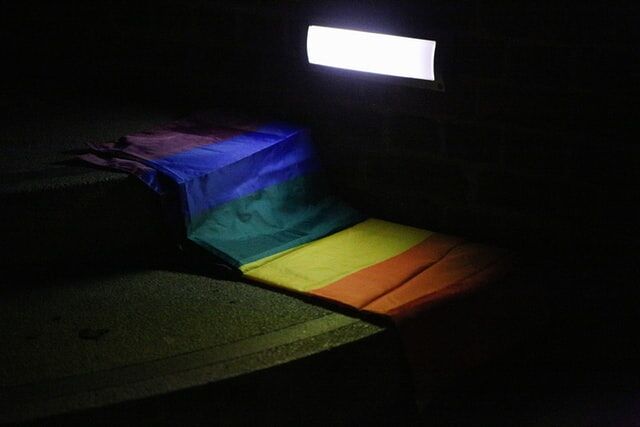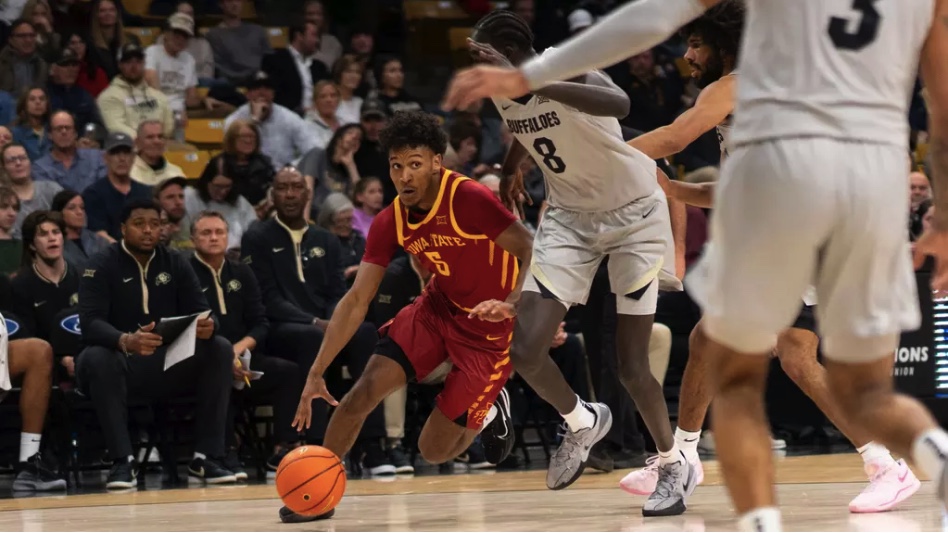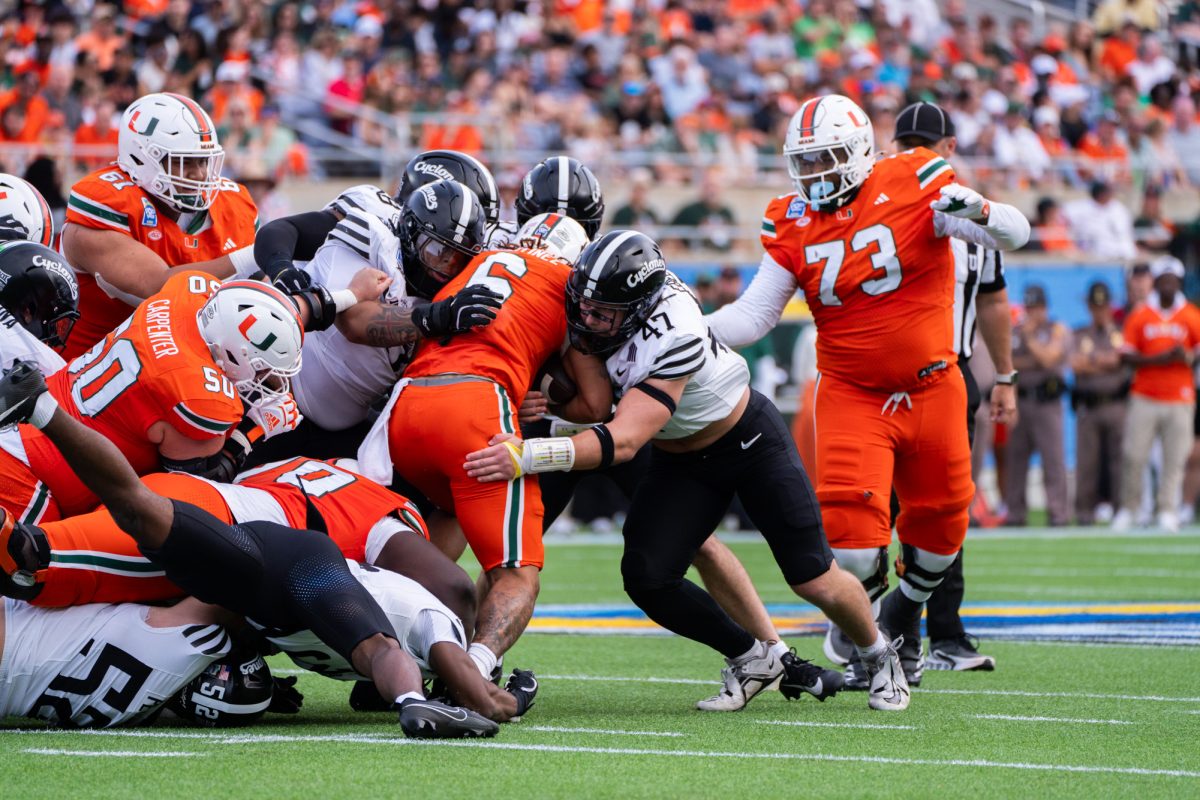Iowa State professor explains the ins and outs of queerbaiting
There has been a recent push for accurate and better LGBTQIA+ representation in TV, movies, and books/novels.
September 30, 2020
With shows like “Orange Is the New Black” and “911,” society is starting to understand the importance of LGBTQIA+ representation in the media. Though this representation has improved with time, producers and authors are still shying away and manipulating audiences with queerbaiting.
Queerbaiting is a term that refers to authors, writers or showrunners attempting to attract an LGBTQIA+ audience by consciously hinting at same-sex relationships between characters that are never confirmed nor portrayed, according to PinkNews. This term originated in fan discussions on Tumblr, where they speculated queer relationships and characters’ identities from TV shows, books and movies.
Queerbaiting involves creators attempting to attract the LGBTQIA+ community and keep their interest but without having to actually represent them. This strategy works since queer representation is so low in the first place. They employ this strategy to maintain both audiences: those who support or belong to the queer community and those who do not.
“For some reason, people have backslid a couple decades and think that our existence and humanity is up for debate” said Rita Mookerjee, assistant teaching professor of women’s and gender studies. “In media and literature, there are tons of queer people who can speak to authentic representation. Unfortunately, they are often ignored or denied the opportunities to share perspectives.”
Audience members have a large influence on producers and their products. They can influence plot directions and character development by expressing what they would like to watch or who they “ship,” or who they like to see as a couple. The audience can also claim to know the producer’s preferred meaning and accuse them of lying or not standing for it. Shows that have received this criticism include “Supernatural” and BBC’s “Sherlock.”
Tumblr, where queerbaiting originated, arguably changed how fandoms worked. Around the time when “Supernatural” and “Sherlock” were popular in 2013, the blogging site had 30-50 million active users each month, according to Business Insider. This traffic created a force producers recognized and paid attention to. Playing with the audience like this can cause discourse, as the lack of real representation can suggest that LGBTQIA+ characters are inadequate and less worthy of decent stories.
“I’m thinking of a show I love, “Big Mouth,” which did a horrible job explaining gender and sexual orientation,” Mookerjee said. “That wouldn’t happen if they simply had real, live queer people on their team.”
The lack of representation is not only described as a reason why queerbaiting works but also as a form of queerbaiting in itself. While queerbaiting is usually considered as conscious hinting of LGBTQIA+ relationships and a lack of commitment to these characters, it can also be applied to instances when these characters are confirmed LGBTQIA+ but are not well-represented.
For example, the fanbase for the show “Shameless” debated whether the show had used its male gay couple to queerbait their audience. The queerbaiting was not that the producers denied that the two male characters were meant to be gay but the fact that these two had considerably less kisses, sex scenes and other expressions of their homosexuality than the straight characters.
Counterarguments to accused acts of queerbaiting discuss how fans overanalyze characters and their relationships. If it is not stated outright, then it is not meant to be. Another argument is that the existence of queerbaiting is an improvement in representing LGBTQIA+ relationships in the media, according to BBC News.
However, Mookerjee explained these arguments may be valid, but they fail to fully address the overarching problem of the lack of representation. If queerbaiting does allow for more representation, it still exploits the audience. Hinting at and playing with LGBTQIA+ tendencies and having small “improvements” is not enough.
“Those who queerbait rely so much on stereotypes,” Mookerjee said. “They don’t have lived experience, so they are severely limited in their understanding of authentic queerness. The white, gay BFF. The d*ke sports coach.”
Though representation has increased, it is still very low. The diversity of regular characters on scripted primetime broadcast television during the 2016 season was 95.4 percent straight characters and 4.8 percent LGBTQIA+ characters, according to a report from GLAAD. Queerbaiting does not help this problem because it can imply the relationship is shameful or needs to be kept secret.
Mookerjee said when the media does not represent marginalized groups, those groups can feel alienated or like their identity is unimportant. The act of queerbaiting hinders the LGBTQIA+ community and its visibility.
“I’m still waiting on a bitchy, brown, high-femme character to appear in media or lit,” Mookerjee said. “It would be so fun to say, “Hey, that’s me!” But I won’t hold my breath.”







